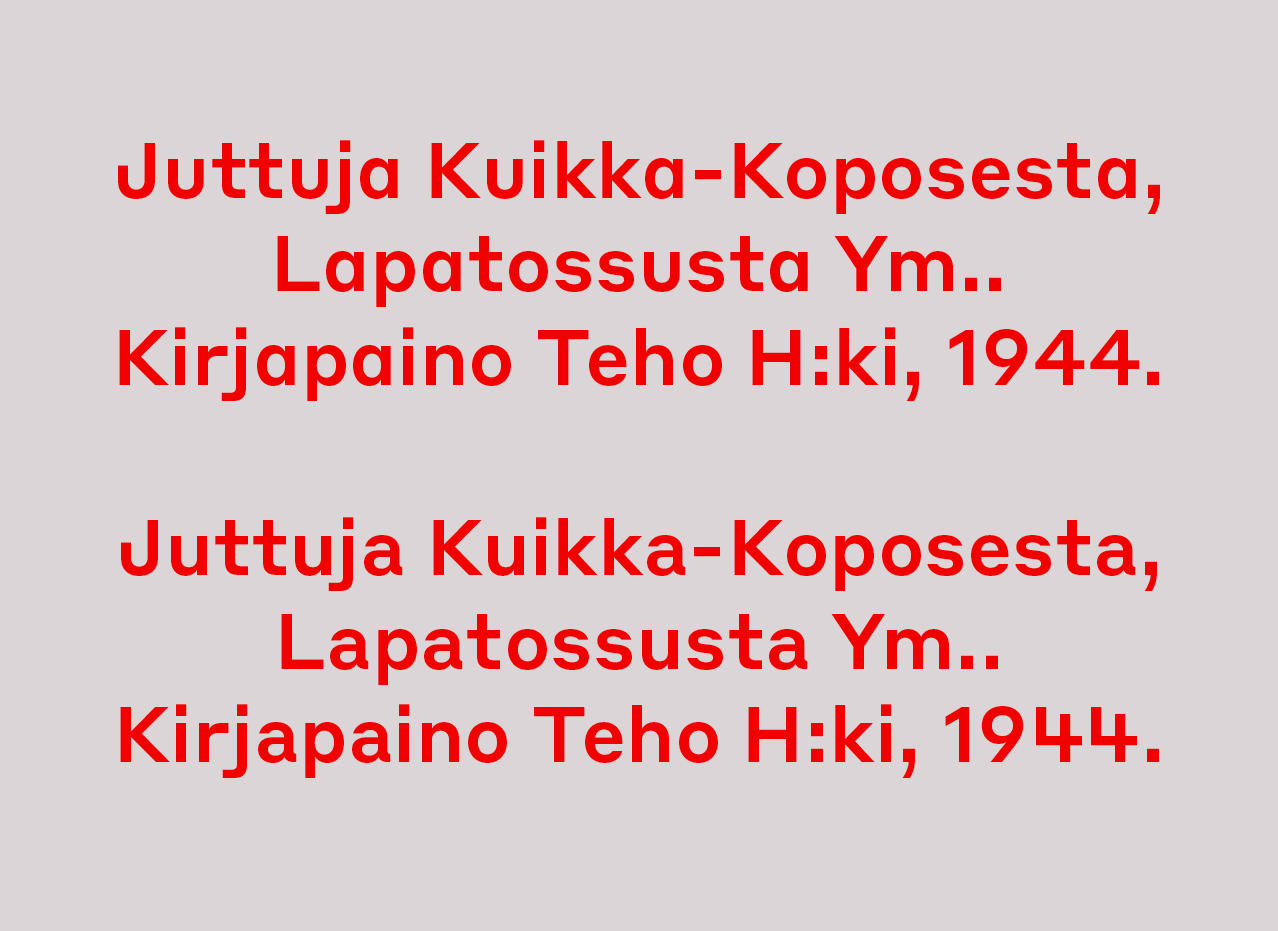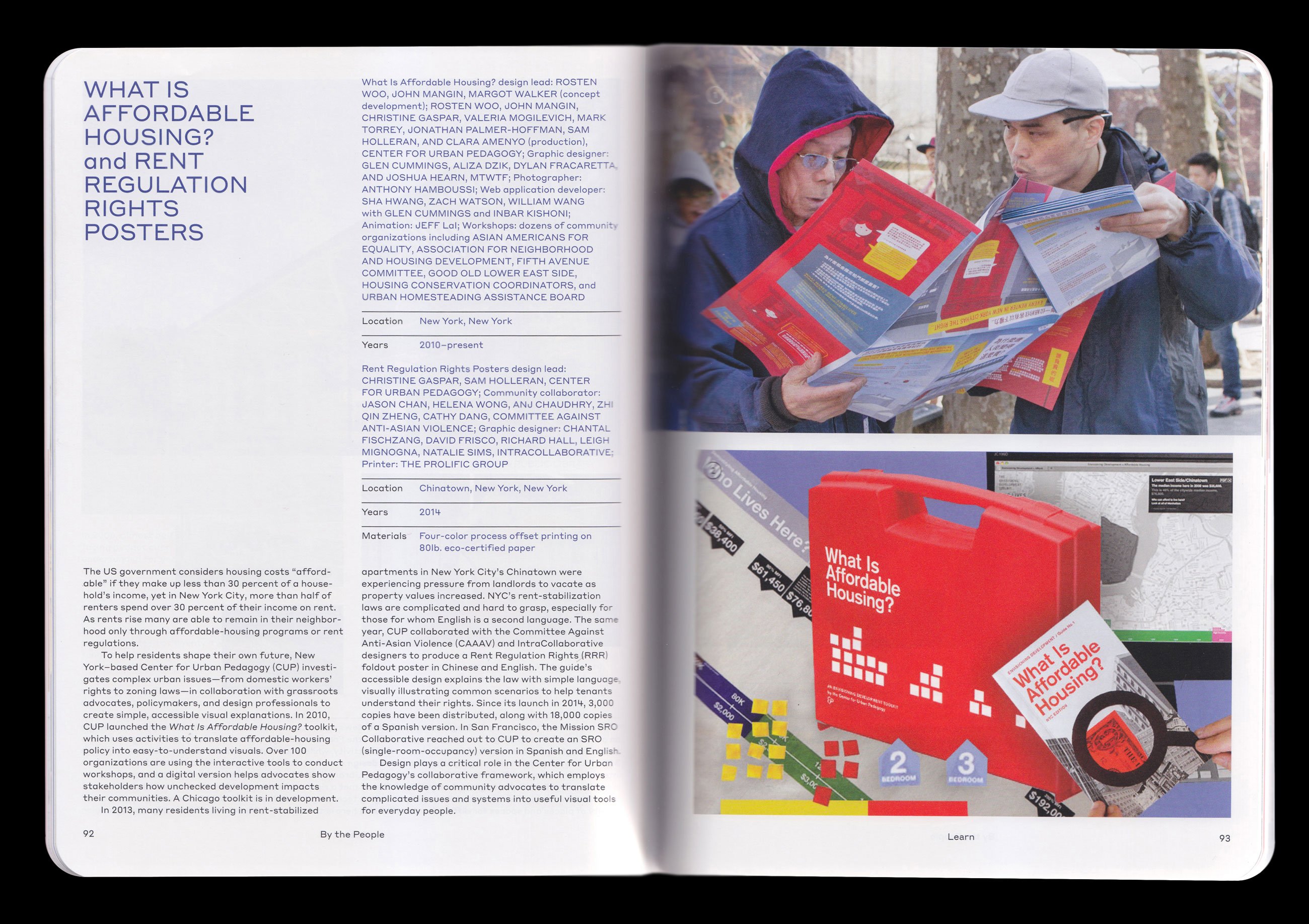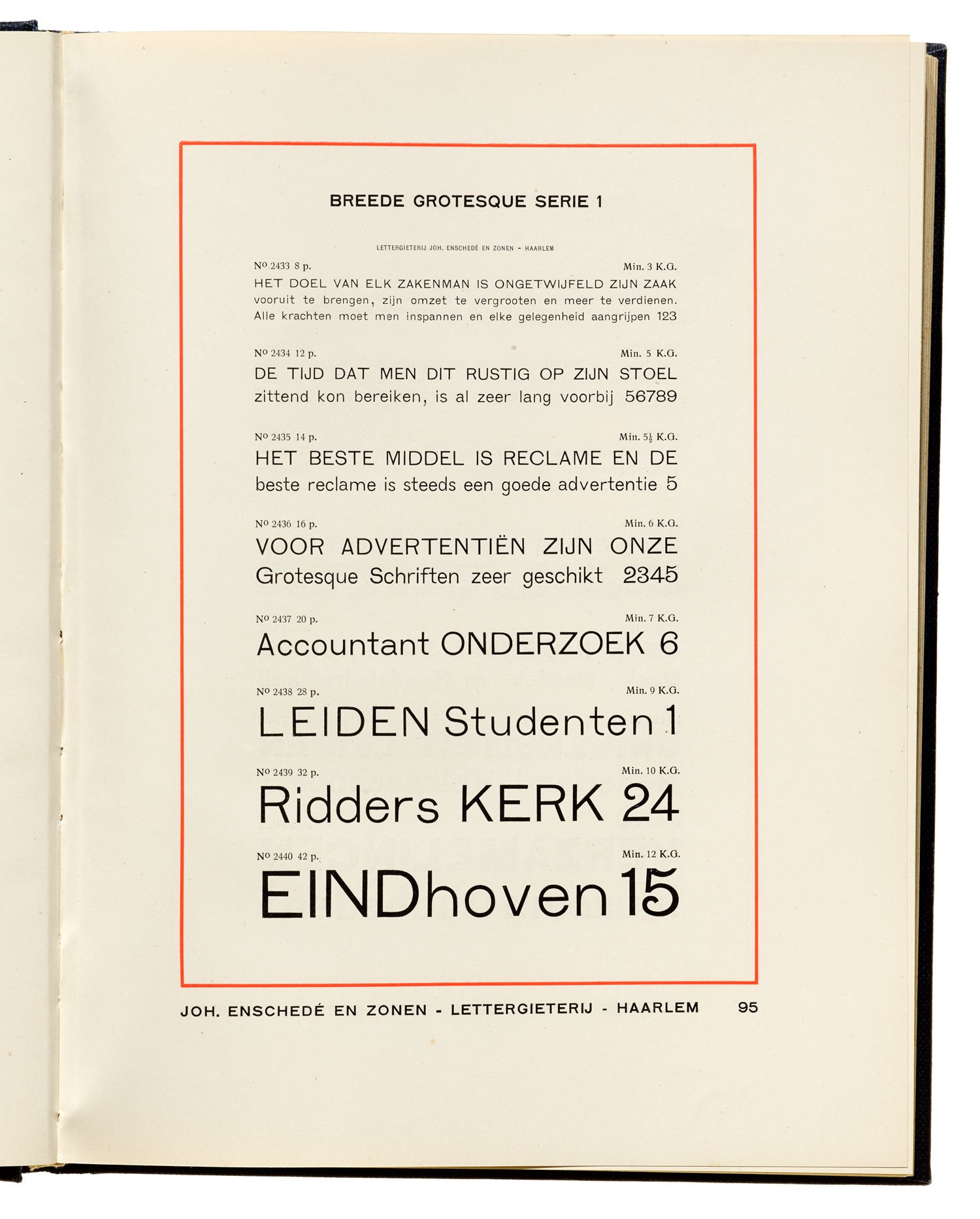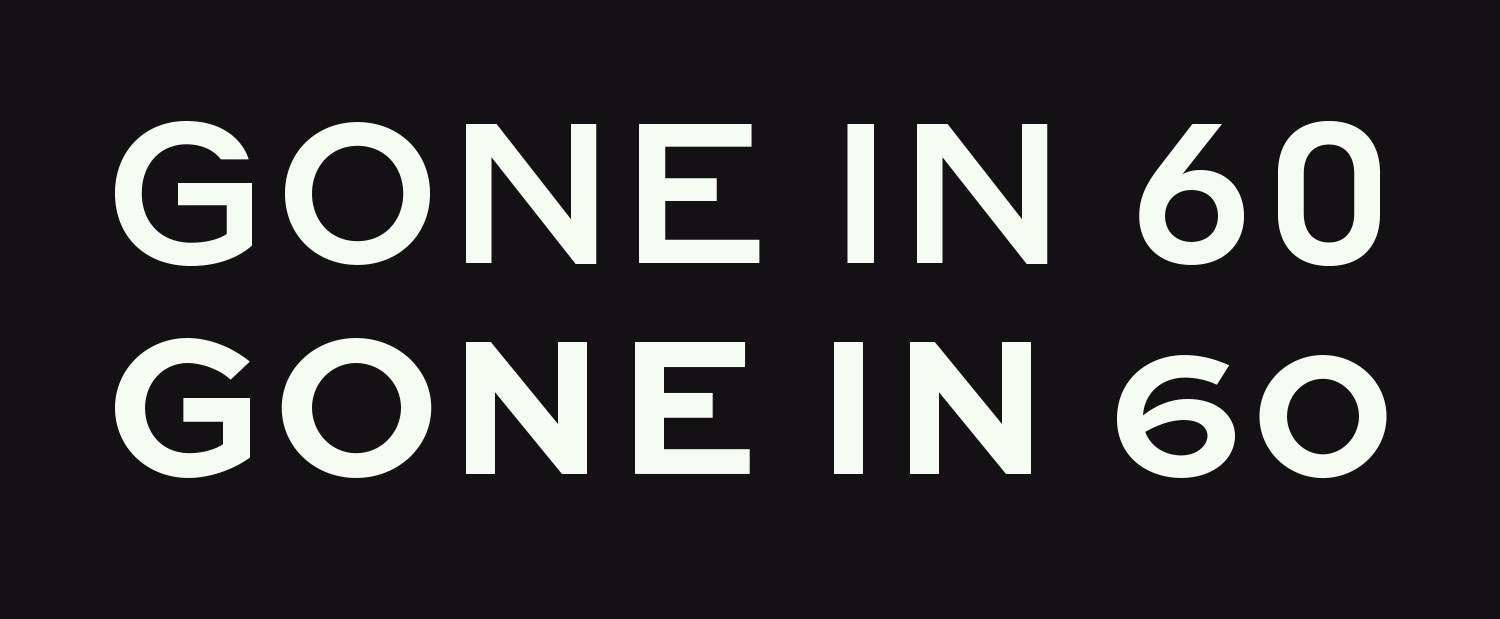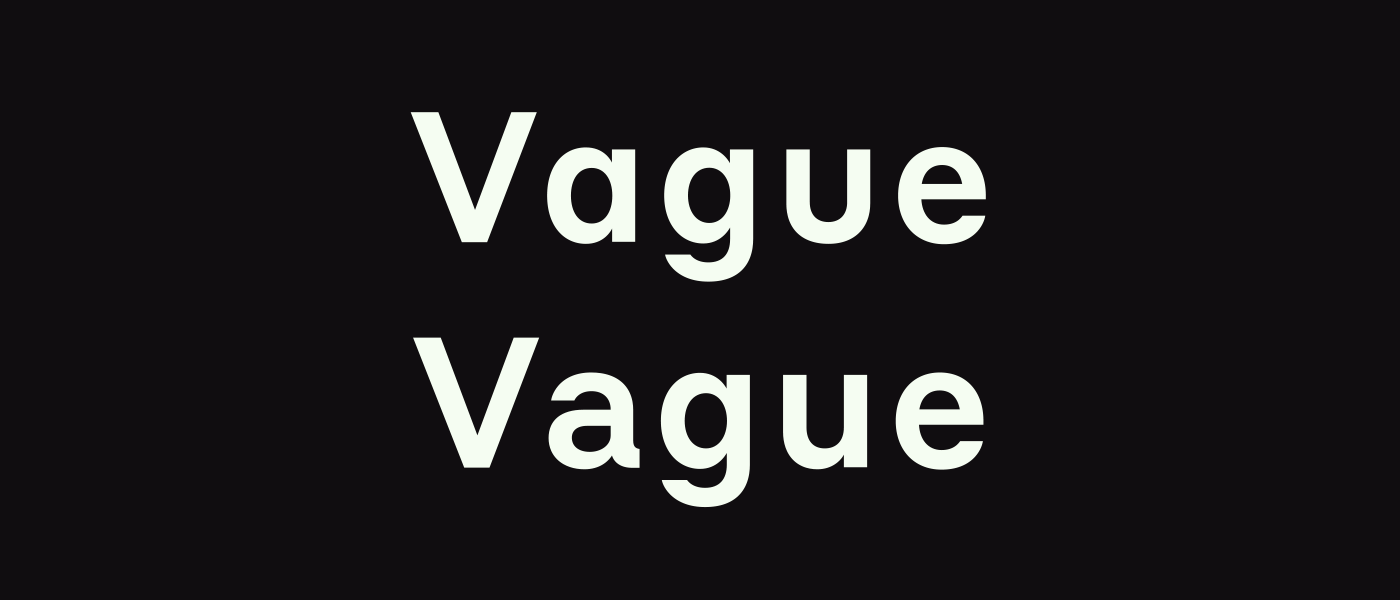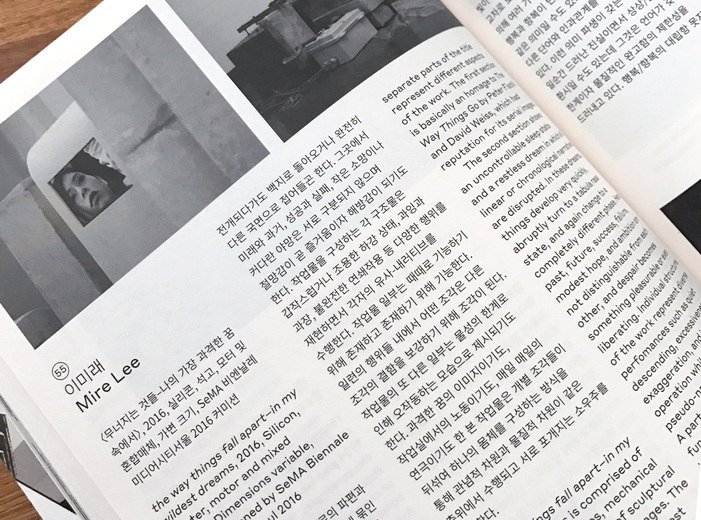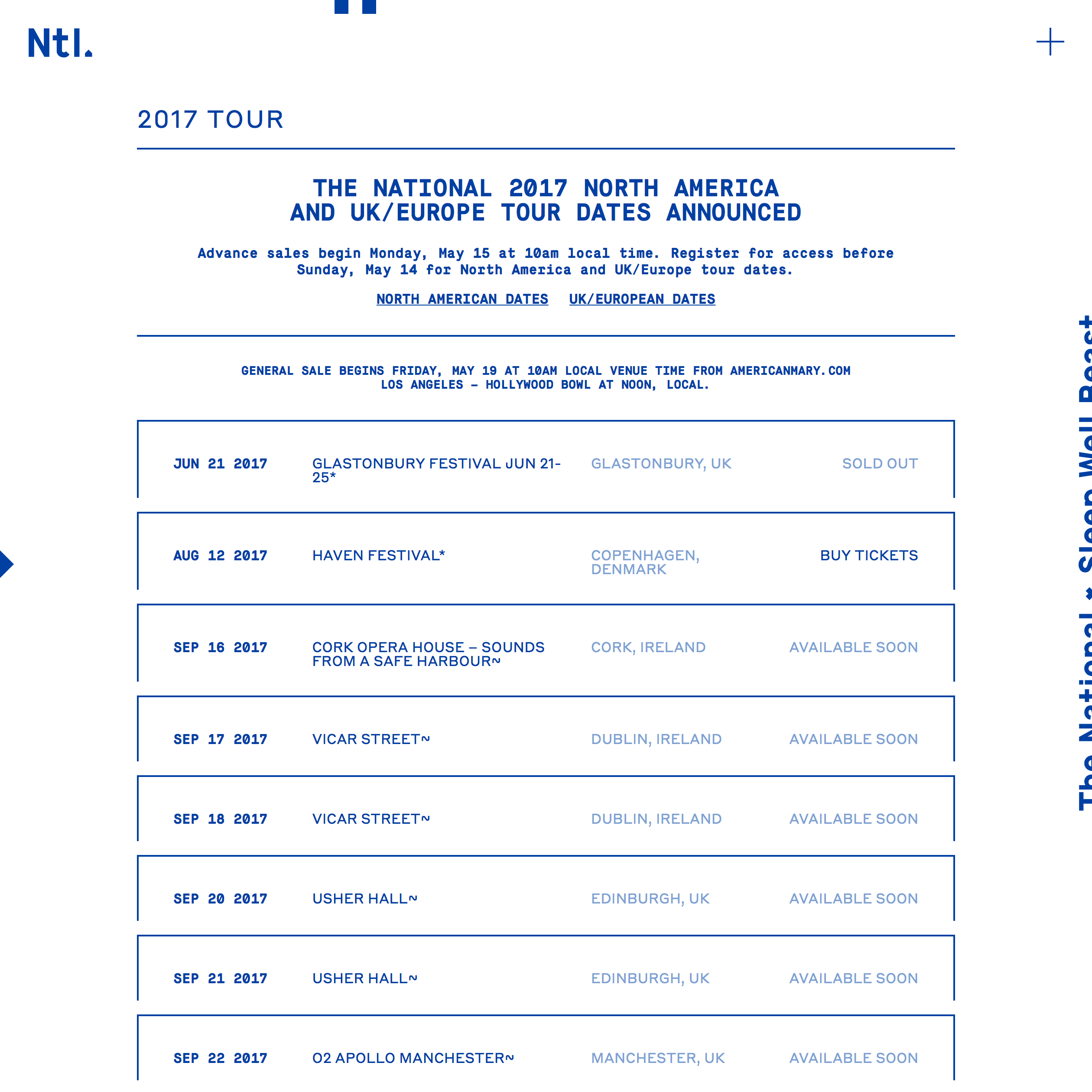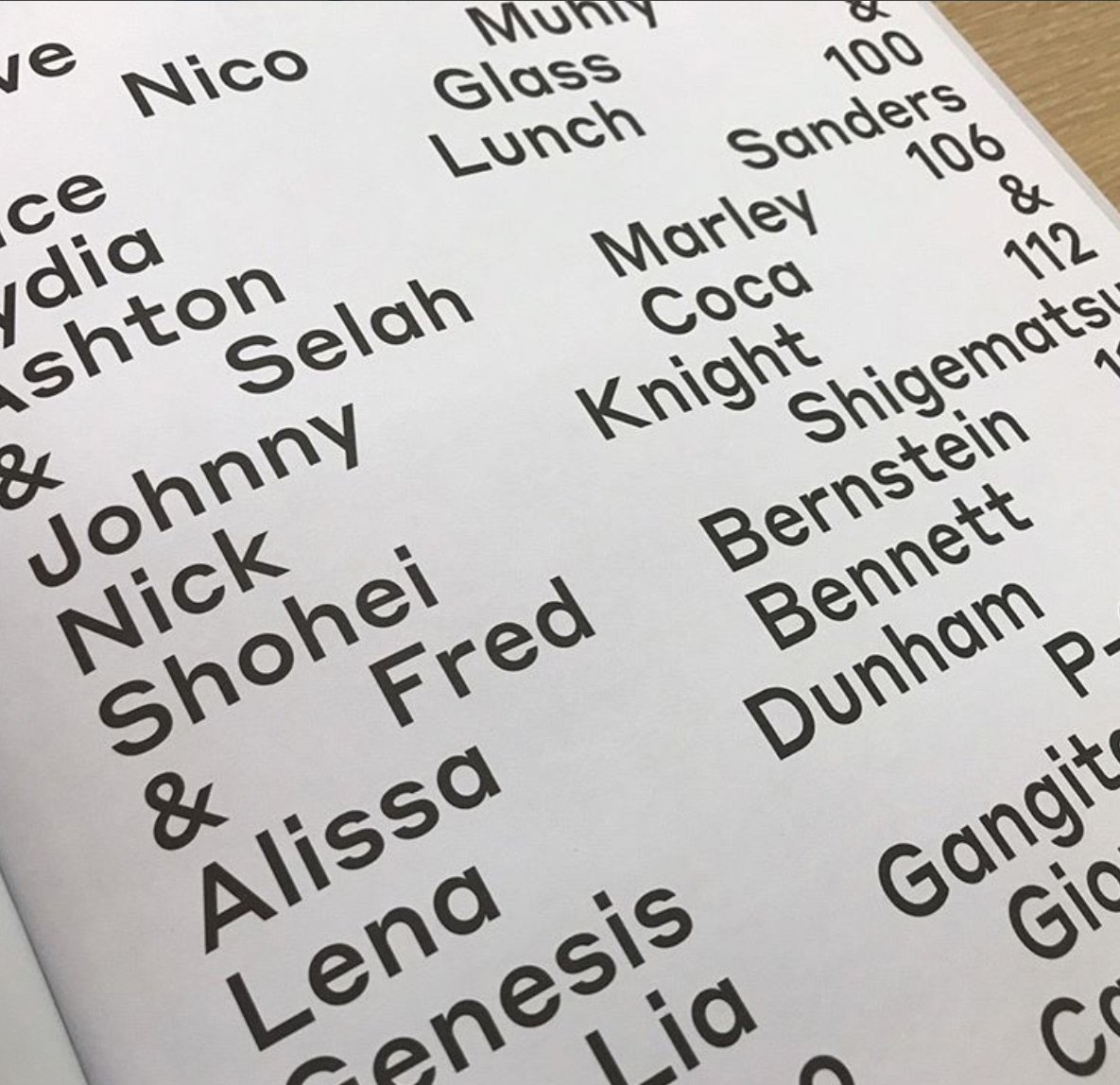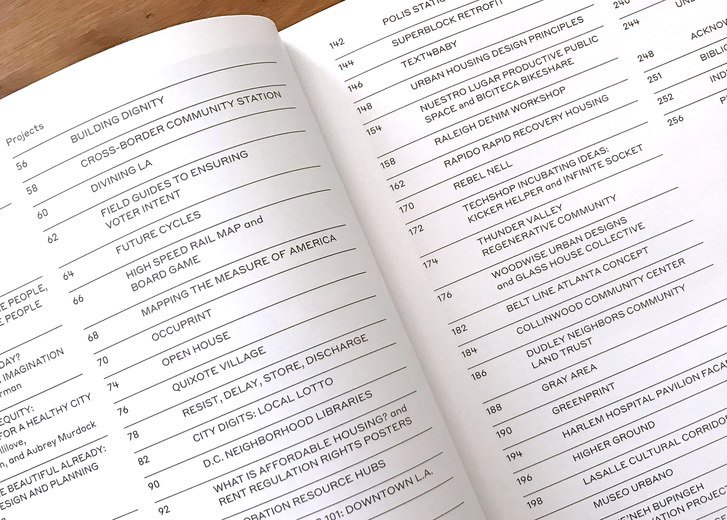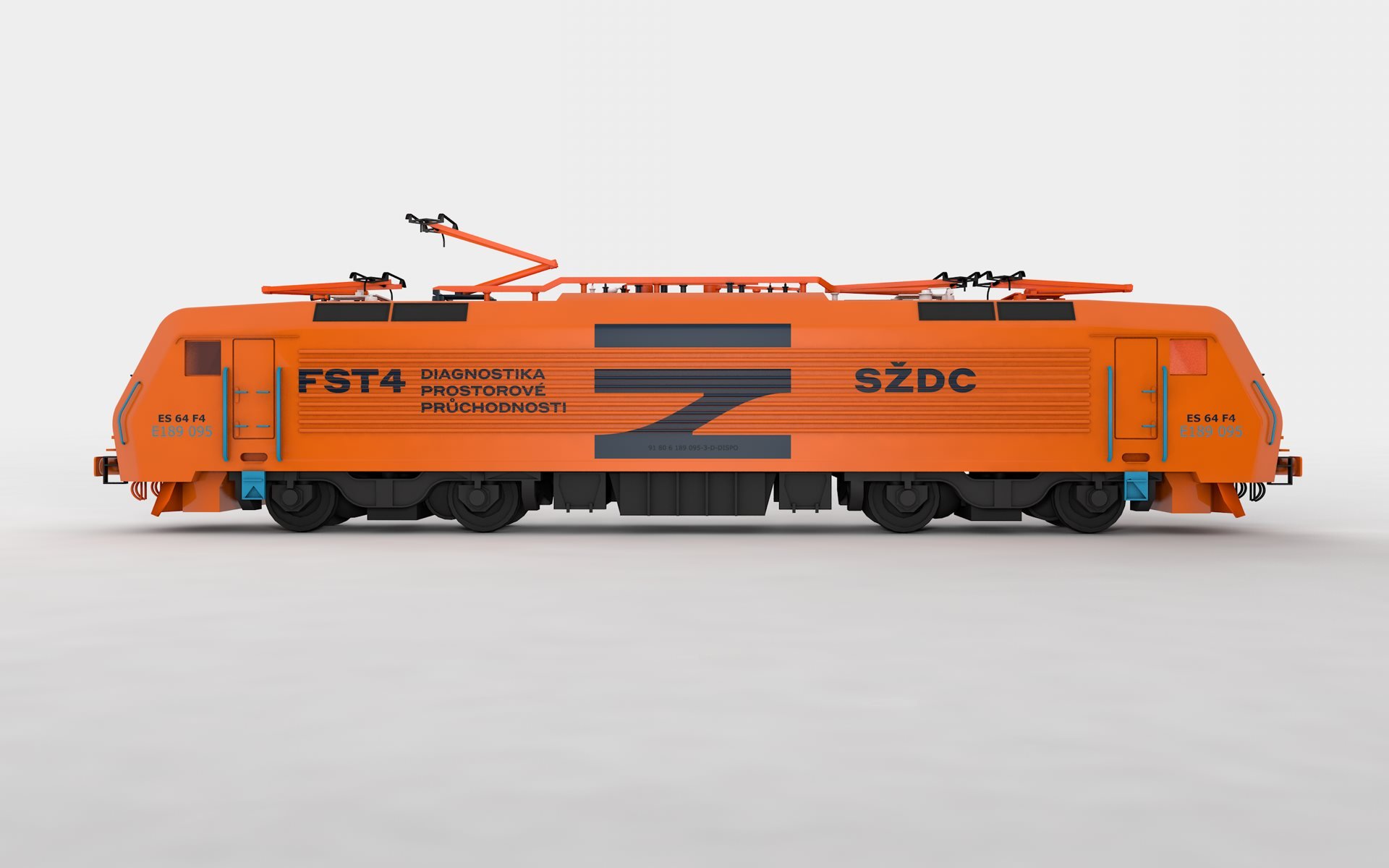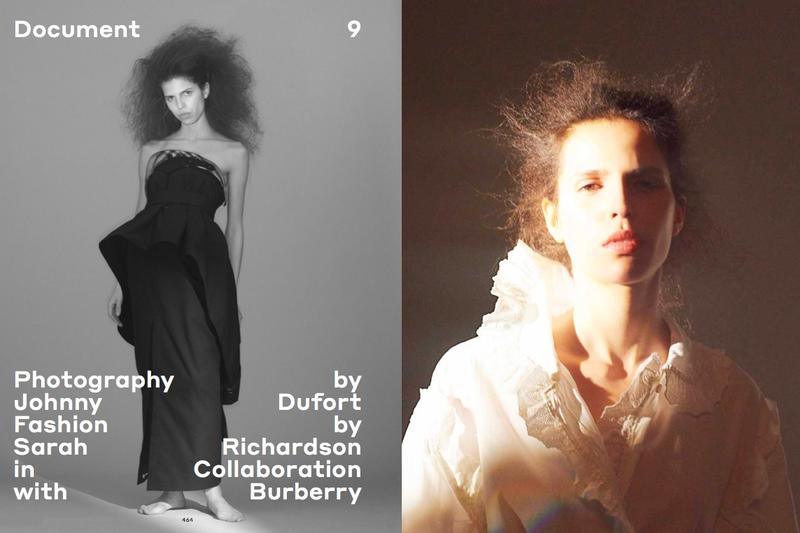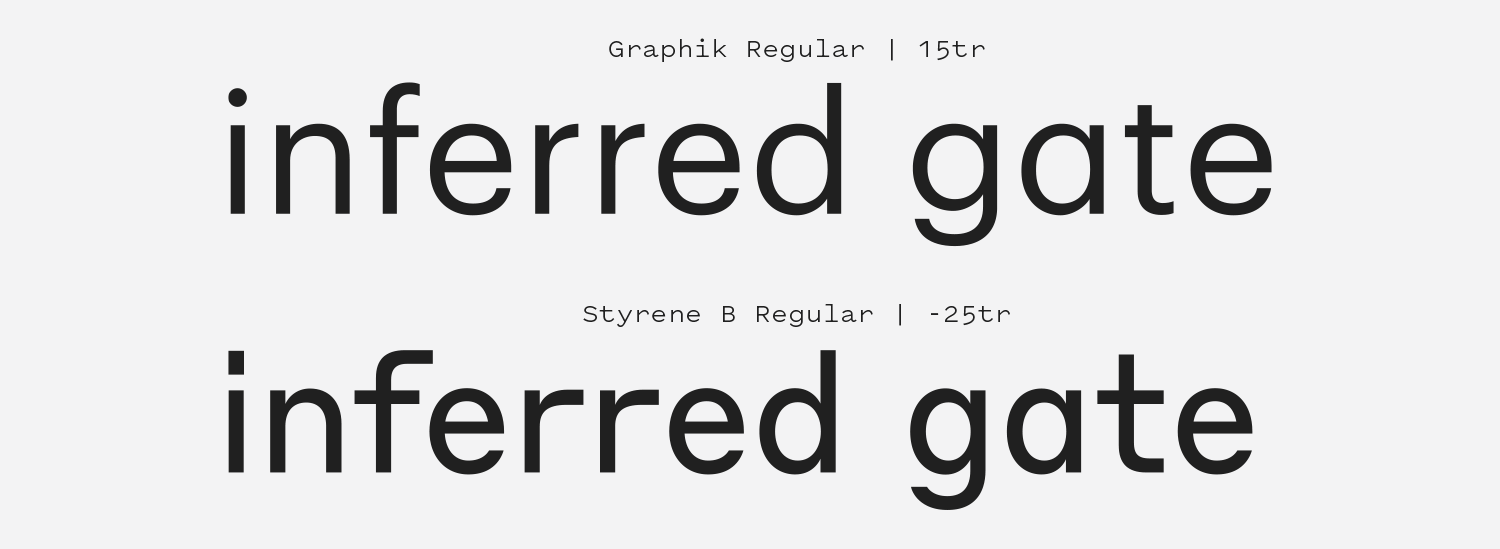I purchased Styrene on a whim after seeing a specimen image shared from Commercial Type’s twitter account. It was simple—demonstrating how the alternate “a” and “4” characters could dramatically change the feel of the typeface—but I was sold.
Styrene is a product of its design constraints. The clearest defining feature of the typeface family is that typically narrow characters like “r”, “t”, “f” and “j” are elongated, their horizontal strokes pulled out long past the point of making any logical sense. This gives the font an irregular presence on the page, with gaps in density that give it an uneven visual grey. It comes it two widths: Styrene A embraces geometry (look at the “& Angelcore” line in the specimen above for a great representation of this), and Styrene B is narrower, making it better suited for long-form text. The name Styrene is a reference to the synthetic, artificial nature of the typeface family’s foundational rules. In practice, the font looks clean and mechanical until you encounter the dozen or so truly bizarre glyphs which shift the typeface from cold to odd. It can be made to resemble a monospaced font, but then the hearty lines that make up characters like the “n” and “g” can almost fool you into thinking you’re looking at a grotesque face. Then there’s the matter of the capital “J”, which is so charming that I used Styrene B for the logotype of this website. There are few things I enjoy more than pulling out an underused typeface from my backlog and finding the absolute perfect use for it, and it just so happens that “Font Review Journal” looks rad as hell in Styrene.
